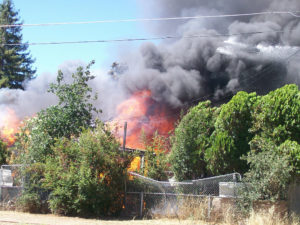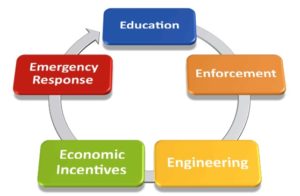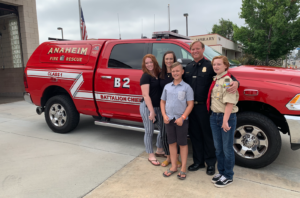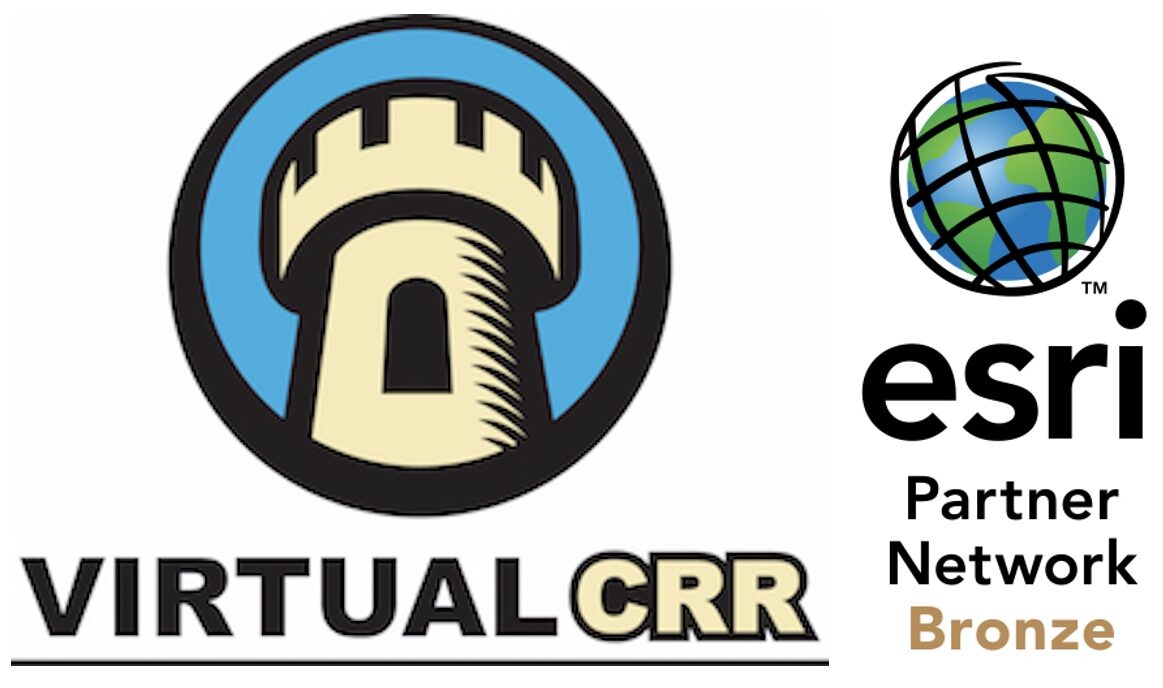Typical Community Risk Reduction
In todays Fire Service, many Fire Departments have changed their Fire Prevention section to Community Risk Reduction. By doing this, we are trying to broaden the scope of the emergencies we are trying to prevent or mitigate. The fire service does far more than just put out fires and our prevention efforts need to expand as well. Many of our departments are now looking at elder issues, drowning prevention, emergency preparedness, opioid addiction, flooding, homelessness, and many, many other issues as well.

If an Emergency Occurs, Have We Failed?
These Community Risk Reduction efforts are important and we are even starting to see a little more funding and staffing coming in these areas as well. But what happens when we are working really hard in our Community Risk Reduction efforts and an emergency still happens? Isn’t the purpose of all of these efforts to keep emergencies from happening? Have we failed in our mission if an emergency happens?
Fire Operations is Part of Community Risk Reduction!
For the record, I have never worked a day in Fire Prevention, yet I am one of the loudest voices in the current Fire Service for Community Risk Reduction. Why do I care about CRR if I’ve worked in Fire Operations for over 23 years. I’ve been a Firefighter, Captain, and am currently a Battalion Chief. Out of those 23 years, 18 were on a truck company and 11 of those years were as a Captain on a Truck. Is it typical for a “Trucker” to care about Community Risk Reduction? Truckers are known for their search and ventilation skills. We live for the opportunity to respond to a fire. I was part of a Type 1 Hazmat Team for 17 years. Again, not reflective of your typical Community Risk Reduction advocate.
I wish I could put a huge sign up in every fire station that said,
“Fire Operations is Part of Community Risk Reduction!”
Why is Community Risk Reduction so important to me? Because Fire Operations is part of Community Risk Reduction. If we don’t have a properly trained, staffed and equipped Fire Department, we are not reducing the risk to our community.
We Have Not Failed!
We have not failed if an emergency occurs. Despite our best efforts, emergencies will always occur. Community Risk Reduction is so much more than “Prevention.” In fact, it is unfortunate that Community Risk Reduction is typically associated with “Prevention.” Yes it is part of it, but let’s look at the 5 E’s of Community Risk Reduction; Education, Enforcement, Engineering, Economic Incentives, and Emergency Response!!! “Wait, so the definition of Community Risk Reduction includes Emergency Response, but we rarely focus on it and continue to only talk about CRR activities as “Prevention?”

CRR Budget and Workforce
I would guess that within the vast majority of fire departments (maybe even all of them) Fire Operations is responsible for over 90% of the budget and work force. Yet, we have often chosen to exclude them from the Community Risk Reduction conversation. By doing this, we are setting ourselves up for failure. It is far too easy for Fire Operations personnel to assume they have no roll in Community Risk Reduction. We have given them an excuse that says, “CRR is for Fire Prevention, not Operations.”
What is the Reality of CRR within Fire Operations?
Like I said earlier, I’ve worked in Fire Operations for over 23 years. I’ve never worked in Fire Prevention. Show me an Engine Company, Truck Company, Rescue Squad, or any other “Operations” type crew or individual that doesn’t do any of the following.
- While at the grocery store a parent asks if their child can see the fire truck. Would any of us turn them away?
- A youth group wants to have a tour of the station and talk about what it takes to be a firefighter. Do we say no?
- A mother is crying after we’ve taken her son to the hospital for an OD. She asks, “What can I do?” Do we ignore her?
- While responding to a routine call at a business, we identify this location as a “death trap” if there were a fire. Do we turn a blind eye or do we try to educate them or at a minimum contact Fire Prevention to deal with it and add it to the notes if we go on a call there.
- We are in the home of an elderly member of our community. We notice that their smoke alarm is chirping. He looks up at us and says, “I’m not very steady on a ladder any more. Would you mind installing a new battery for me?” Many of us wouldn’t even need a ladder and we wouldn’t even think twice about changing the battery.
- Someone stops us and says, “My elderly mom just moved in with me. She is bed ridden and I’m concerned how she would get out if there was a fire.” Would we say “figure it out.” No we would help them.
Fire Operations Personnel are Doing CRR
These are all examples of how Fire Operations is doing “typical” Community Risk Reduction every day. It’s not new to us. Now we add the fact that properly training, equipping, and staffing our Operations Section is part of Community Risk Reduction as well. We are already doing CRR at every level of our department in every position. Community Risk Reduction is what the Fire Service does and has done every day for decades. Can we do more? Sure, but let’s not discount what we are doing now and definitely don’t exclude 90% of the people that are doing it!
“If we don’t have a properly trained, staffed and equipped Fire Department, we are not reducing the risk to our community.”
The Fire Service is Community Risk Reduction!
The Fire Service is and always has been in the business of Community Risk Reduction. Every time someone answers the phone, puts on a uniform, teaches a class, plans the budget, talks to city council or fire board, does a plan check, inspects a business, gives a kid a sticker, waves from the fire truck, buys a new piece of equipment, sits in a training class, performs an evolution on the drill ground, and even responds to an emergency, we are doing Community Risk Reduction. Everyone, especially the Fire Chief has a stake in Community Risk Reduction. Chiefs, it starts at the top. Include everyone in your department’s Community Risk Reduction processes and efforts because that is what a Fire Department does. We Reduce Risk to our Community!
 Brent Faulkner MAM, FO is the CEO of Virtual CRR Inc.. He has 23 years of experience in the fire service. During this time, he has responded to numerous emergency situations including structure fires, wildland fires, hazardous materials responses, emergency medical situations, and numerous types of rescues. In addition, he has served on a Type 1 Hazardous Materials Response Team for 17 years.
Brent Faulkner MAM, FO is the CEO of Virtual CRR Inc.. He has 23 years of experience in the fire service. During this time, he has responded to numerous emergency situations including structure fires, wildland fires, hazardous materials responses, emergency medical situations, and numerous types of rescues. In addition, he has served on a Type 1 Hazardous Materials Response Team for 17 years.
Brent had a defining moment in his career which, as a result, lead him to create Virtual CRR and his passion for Community Risk Reduction. He led a team in critical infrastructure protection at a recognized Department of Homeland Security (DHS) Terrorism Fusion Center. This team was responsible for increasing the safety of critical infrastructure as it relates to terrorism, general security, and natural disasters. He has a master’s degree in management, a bachelor’s degree in occupational studies, an associate’s degree in hazardous materials response, and another in fire science.
